How to Safely Pet-Proof Your Home
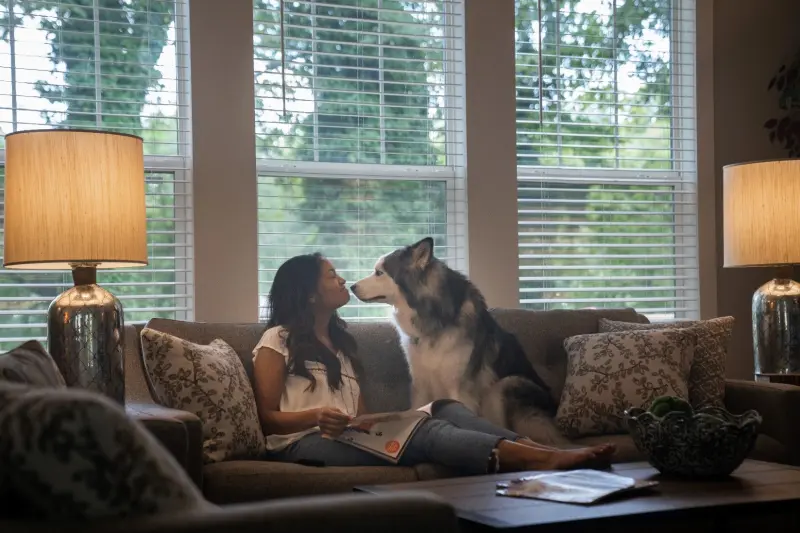
Pet-proofing your home can be easier than you think, especially when we’re here to walk you through it!
Whether you’re a long-time pet owner or you’re getting ready to bring a new best friend into your home, we all know one thing… Preparing your space for a pet can be a lot of work! That’s where we come in. We’re going to break it down for you, room by room, so you can rest easy knowing your pet is safe in your home. From which items could be toxic to how to put them away safely let’s get into a few tips for pet-proofing your home.
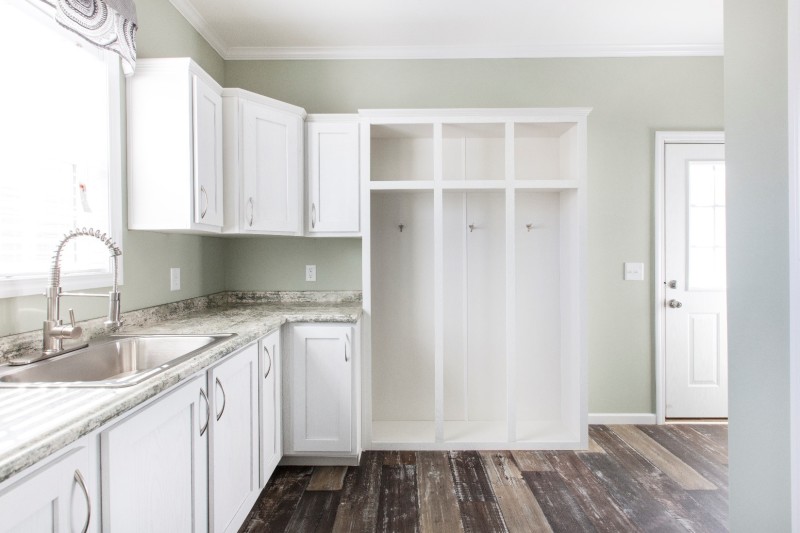
Bathrooms and Utility Rooms
Areas such as bathrooms, laundry rooms and utility rooms are often used as spaces for pets, all of which can have items you should be aware of before you allow your pet inside. Chemicals such as detergents, fabric softeners and other common household cleaners can be dangerous if consumed by your pet. Make sure to lock any potentially hazardous chemicals in pet-safe cabinets or in hard-to-reach areas to avoid accidental ingestion.
While not allowing your pets to ingest chemicals seems like an obvious tip, we also want to talk about a few less-common items to be aware of. Objects like vitamins, dental floss, towels and small clothing items can be tempting for your pet to chew on, which can lead to digestion issues later on.
Lastly, let’s talk about the not so glorious areas of your bathroom. Depending on the chemicals you use to clean your toilet, it can be dangerous to allow your animals to drink from it because cleaners can remain on the surface of your toilet for a long time.
Similarly, open trash cans can be another potential hazard when it comes to choking or accidental consumption of harmful materials. So, let’s leave our toilets closed and use trash cans with lids to ensure our furry friends are safe in these rooms.
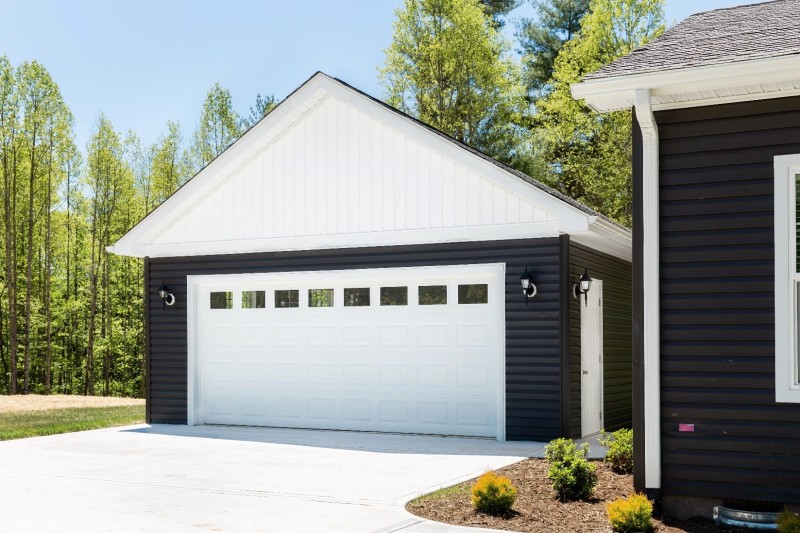
Garages and Carports
These areas are another common place to keep pets for short periods of time but can lead to accidents if not pet-proofed properly. Chemicals such as paints, glues, insecticides and automotive products can be tempting for your pet to consume, so these types of chemicals should also be locked up in hard-to-reach areas.
Aside from the chemicals that may be stored in your garage, other tools and gadgets can be extremely harmful in the event your pet stumbles or falls onto them. Make sure you put away or hang up tools like metal rakes, saws, hammers and shovels.
And while we probably all know these larger items can be dangerous, what about small things that can be found around your garage? Items like gardening gloves, nails, screws, nuts and bolts are often found on the floor of a garage and can be a choking hazard to your pet. Make sure these items are picked up and tucked away before leaving your pet unattended in your garage.
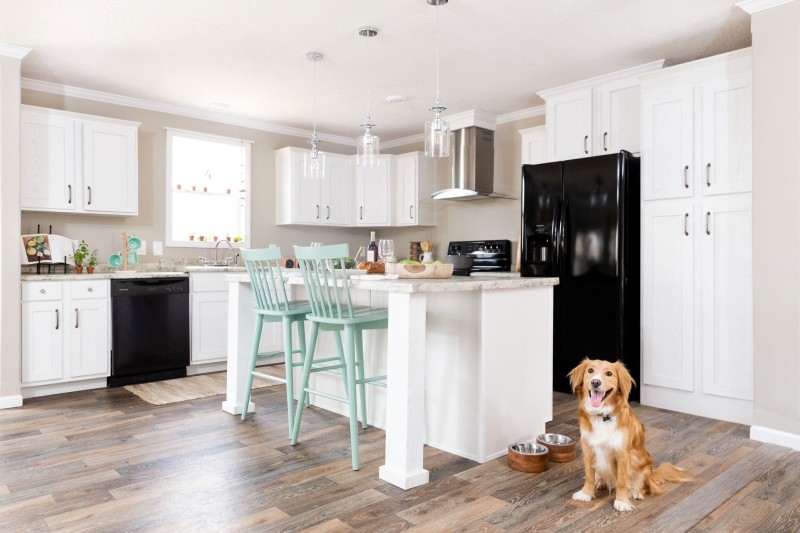
Kitchens
Everyone loves food, and that includes pets! So it’s no wonder kitchens are a major area you’ll want to pet-proof, especially if you plan to leave your pets unattended in this room. Keeping food items put away in your cabinets, pantry or fridge can help prevent your pets from accidently eating or drinking potentially harmful foods like chocolates, grapes, coffee, nuts and other produce items.
And while food is truly at the heart of a kitchen, don’t forget about the tools and utensils that are required to prepare it. Items such as knives, bottle openers, skewers and graters all pose a major threat for any pets that may jump onto counters or tables, so make sure they are put away safely.
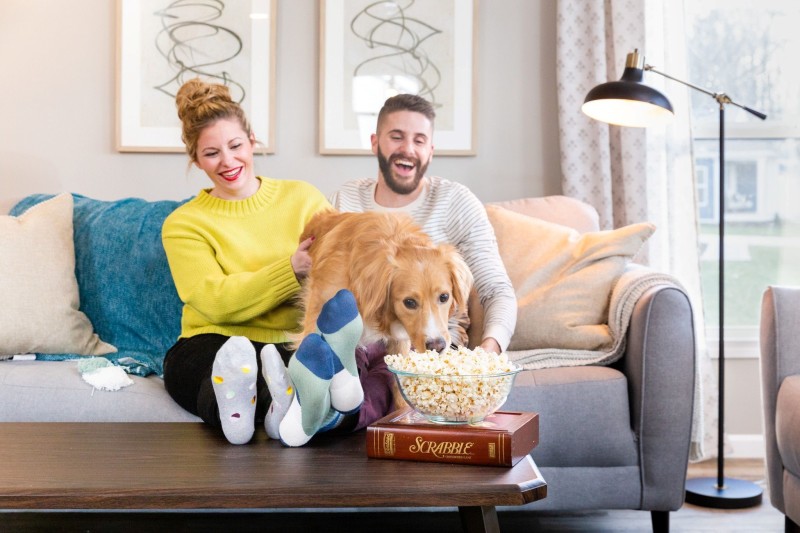
Bedrooms and Living Rooms
These areas are likely where you spend the most time, and the good news is they aren’t typically too dangerous for pets. Nonetheless, there are a few key items to watch out for while pet-proofing your bedroom and living room.
Most of the time, these rooms will have electronic devices like TVs, gaming consoles, tablets or speakers. When they’re not in use, storing these devices in entertainment centers or on tall tables prevents your pet from accessing them and keeps the items safe and away from danger. Most devices require several cords, plugs and power strips, so make sure any extra cords are tucked away to prevent chewing or breaking, especially with smaller pets like rabbits, guinea pigs, ferrets or hamsters.
At the end of the day, we want to keep our pets safe and our homes damage free. Pet-proofing your home can seem like a daunting task, but it can be as easy as walking through your home, identifying common accident-prone items and putting them safely out of reach. Helping you with these tips is just one way the Clayton Built® team wants to make a pet owner’s life easier.
We’ve also created several built-in pet features that you can find throughout our homes. Check them out, along with some of our other great features, and add the ones you love the most to your Clayton Favorites account today!
Are you ready to find your dream home?
Start shopping now or find a home center in your area to learn more about Clayton Built® home options.By entering your email address, you agree to receive marketing emails from Clayton. Unsubscribe anytime.
© 1998-2025 Clayton.




